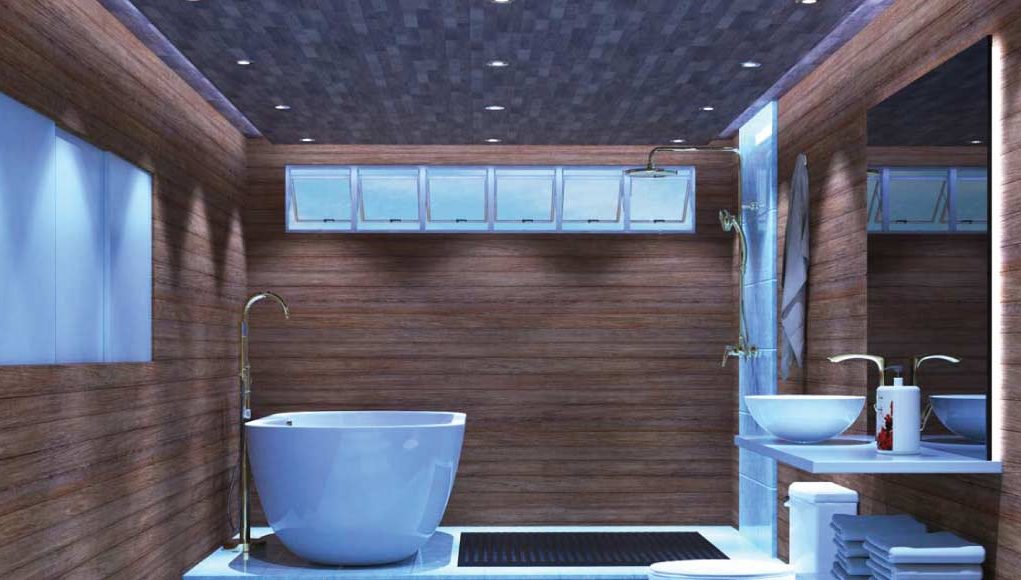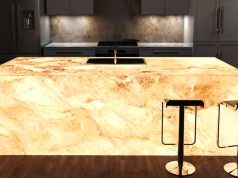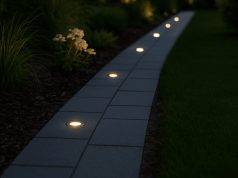Why are LED lights getting the spotlight? If you have no idea why this technology is becoming more and more popular, then you might have yet to experience its benefits. By far, LED lights are the best lighting solution that you can incorporate in your home, business, or other establishments. You can find LED lights suitable for any scenario, whether for lighting your living room, a massive warehouse, a busy factory, or a luxury boutique!
LED lights are designed to have excellent energy-saving properties. They can produce the same amount of brightness as a halogen bulb but consume way less power. In addition, LEDs are more cost-effective and better for the environment. However, that’s not all since these are just the tip of the iceberg! Once you integrate it into your own lighting system, you’ll surely discover more reasons why the LED lighting industry is growing at a rapid pace!
So, if you’re still stuck living your day-to-day life with an old halogen bulb, then it’s time to make the switch. If you’re still having second thoughts, then maybe knowing what you’re missing out on will push you more to jump ships!
LED vs Halogen Downlights
Downlights are one of the best candidates when it comes to LED replacements. If you’re using them with halogens, then you have an idea of how exhausting it is to constantly change the bulbs. It’s in the ceiling, so just stretching out to reach them can be challenging! However, that won’t be the case anymore if you replace them with LEDs!
LED downlights are swiftly replacing halogen downlights over the recent years. Here are several reasons why.
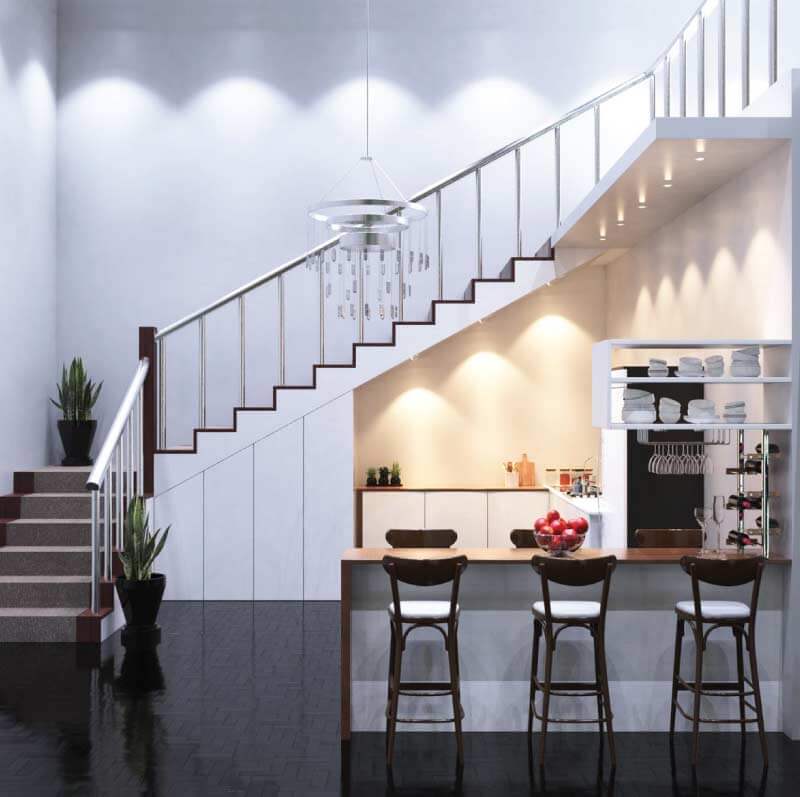
LED downlights have a longer average lifespan
Many LED downlights can last for 30,000 – 50,000 years if used properly. Alternatively, halogens can only last for 1000 – 2000 hours. While LEDs may be a bit more expensive than halogens (it’s still cheap, though) at the outset, in the long run, LEDs still remain more cost-effective. You’ll be able to save money, strength, and time by not having to replace the bulbs often. It’s a great thing, especially for ceiling lights that are harder to reach compared to other lighting fixtures!
LED downlights have better energy efficiency
LED downlights are pegged to use around 7 to 20 watts an hour. On the other hand, halogens would need 500 watts for the same lumens output. With this, you can enjoy your lights more freely instead of strictly managing every use to ensure that your electric bill doesn’t skyrocket.
LED downlights are safer to use
When lighting a halogen bulb, its transformer needs to use a considerable amount of heat, risking igniting common elements like dust, paper and insulation batteries. Alternatively, LED bulbs use an electrical current that crosses through a microchip, which illuminates the small light sources called LEDs to create visible light. LED downlights are a harmless alternative to halogens since they emit 80% less heat while producing the same amount of illumination.
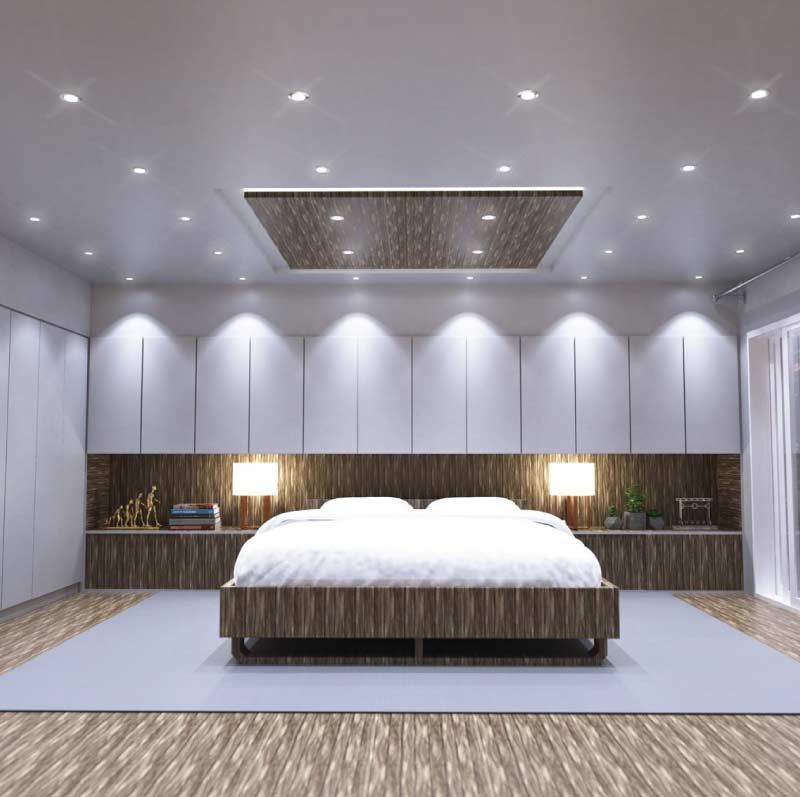
LED downlights are better for the environment
Besides being energy-efficient, cost-effective, low-maintenance, and safer, LED downlights are also eco-friendly. If saving the environment matters to you, then going for a greener option will help you achieve your goal. When you reduce the amount of power you consume at home, it lowers the demand for coal-fired energy. Also, since you don’t need to replace your bulbs often, you reduce your waste, which in turn lowers your occupancy in landfills!
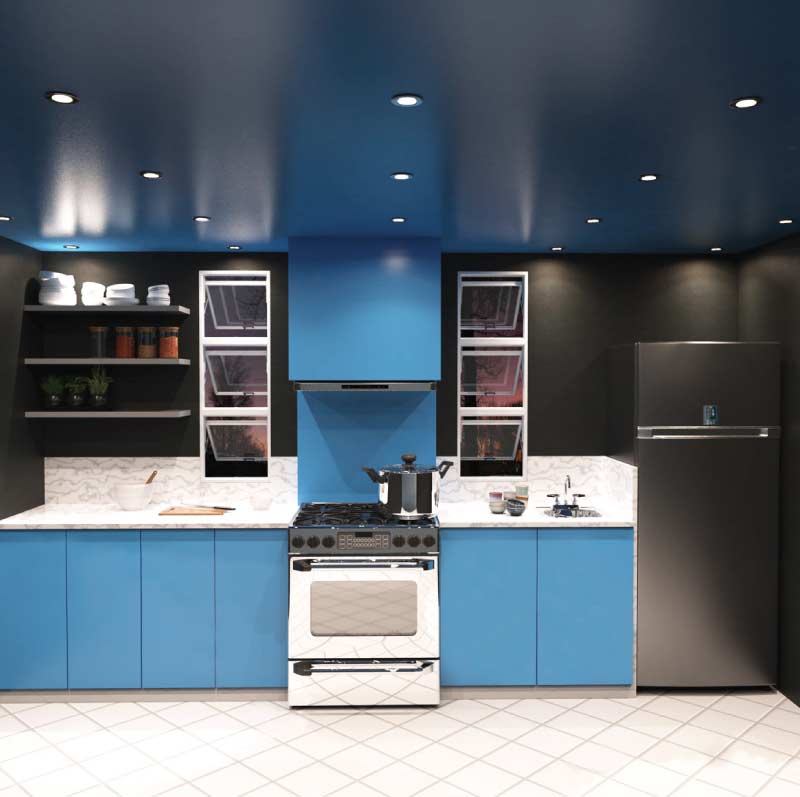
Replacing Halogen Downlights with LED Lights
Have you decided to replace your halogens with LEDs? If you do but don’t have any idea how, then the first order of business is to call for an electrician! It’s better if you don’t dabble with electricity on your own because it’s dangerous. Also, it’s not as simple as swapping out a halogen bulb with an LED, especially if your downlights are initially housing halogens.
Although, once you have already upgraded your lighting fixture, it will be easier to replace the LED bulb by yourself. If you want to ensure even better performance, you can ask your electrician to replace the entire fixture and use an LED fitting.
Well, replacing halogen by yourself is a no-go, but you can use these tips to guarantee that you’re choosing the correct LED bulb and fitting for your substitutes.
Study the VA Rating of your transformer
You need to identify if your halogen bulb is using a transformer (used to convert high voltages to suit the voltage level of household lighting). If your fitting has a transformer, check its maximum load before replacing it with an LED bulb. You can often find it in the body of the transformer itself with a VA number. These numbers will help you know the maximum voltage the transformer can accommodate.
For example, a 50VA transformer can take up to a 50w halogen bulb, whereas a 30-60VA can handle a 30-60w light bulb. Also, remember that some transformers can only carry one light fitting while others can load several low-wattage light bulbs in series.
It’s crucial to note that the maximum load relates to halogen bulbs only. If you have a 50VA transformer for halogen lamps, it does not mean that you should install 50w worth of LED bulbs. It can overload the fitting and become a safety concern for you!
Switch out your old halogen bulbs with LED of the same wattage
Be mindful that your LEDs need the same or equivalent wattage to your existing halogen bulbs when you switch out. You can see the equivalent wattage conversion in the product specification or the product packaging.
The actual wattage of LED lights may vary, but confirm that the equivalent wattage is the same as that of your current halogens. For example, if you have a 40w halogen bulb, your replacement LED should be a 40w equivalent to LEDs. Most 5w or 6w LEDs have an equivalent wattage of 25w.
You need to guarantee that you follow this step to avoid safety risks, and your transformer can carry the load properly.
Now that you know some of the reasons you should switch and how to transition from halogens to LEDs, you need to start looking for high-quality LED replacements! Check out our website, Simple Lighting! We have an extensive collection of indoor, outdoor, commercial, and site lighting that can help you enjoy and work in a brighter space!
Are all LED downlights dimmable?
- Fire Rated, LED, GU10, Dimmable Downlight, Fixed – Various Finishes, Incl Quick Connectors
- Recessed GU10 Spot Light Chrome, Brushed Chrome or White Finish
- Fire Rated Downlight, GU10, Fixed – White Finish, With Quick Connectors
No, not all LED downlights are dimmable. The examples listed above are dimmable LED downlights, but you cannot expect that all types of downlights can be dimmed. Be sure to double-check the packaging, product description or technical specifications of the lighting fixtures you’re considering buying to ensure that you’ll be able to get the one suitable for your requirements.
Where are LED downlights used?
You can use LED downlights in residential properties and commercial establishments. They provide outstanding light quality to make your kitchen more functional or increase the relaxing ambience of your bedroom. LED downlights can also elevate the visual appeal of cafes and shops or boost the efficiency of workspaces!


